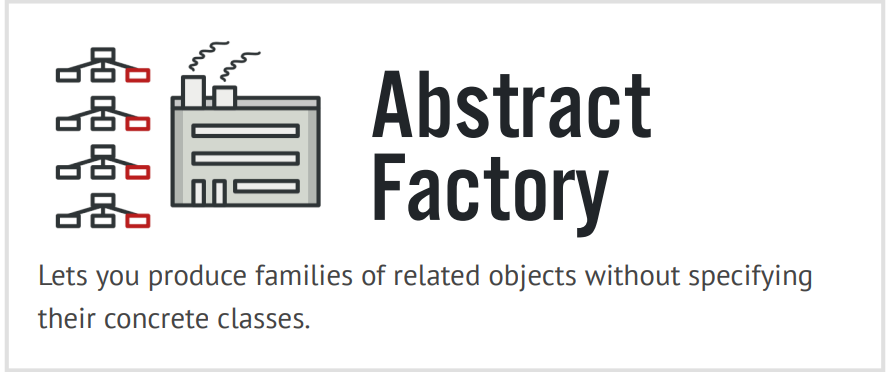link: Design Patterns
Creational patterns
Overview
Creational design patterns are crucial in software development for providing various mechanisms that enhance the flexibility and reusability of object creation. These patterns simplify the process of instantiation, making it easier to manage and adapt to changing requirements while promoting Code Reusability and modularization.
Abstract
Creational patterns empower developers to construct objects in a manner best suited to their situation, optimizing the design of software for both performance and maintainability.
Content
Key Concepts
Creational patterns are essential for decoupling the instantiation process from the system that uses the object. By doing so, they help reduce the dependencies of application classes on specific classes required during object creation. Included in this category are patterns that cover a range of needs from creating single objects to complex collections:
Important
- Factory Method Pattern: The Factory Method pattern offers a way to encapsulate the instantiation of concrete types by delegating the responsibility to its subclasses, thereby allowing for greater flexibility in deciding which objects to create.
- Abstract Factory Pattern: This pattern provides an interface for creating families of related or dependent objects without specifying their concrete classes, supporting high levels of abstraction in code.
- Builder Pattern: The Builder Pattern is essential for constructing complex objects step by step. It separates the construction of a complex object from its representation, making it possible to use the same construction process to create different representations.
- Prototype Pattern: By enabling objects to produce exact copies of themselves, the Prototype Pattern helps in adding any subclasses of a known class dynamically, significantly simplifying code duplication.
- Singleton Pattern: The Singleton Pattern ensures a class has only one instance and provides a global point of access to it. This pattern is particularly useful when exactly one object is needed to coordinate actions across the system.
Implementation Overview
Implementing creational patterns generally involves identifying the system requirements for object creation and selecting the appropriate pattern to simplify and optimize this process. Whether it’s managing single instances with Singleton or building complex objects with the Builder, each pattern provides a strategic approach to handle object creation effectively:
- Simplify Implementation: Use these patterns to minimize direct system dependency on object creation logic.
- Enhance Flexibility: Allow systems to work with user-specified or system-specified classes dynamically.
- Reduce Maintenance: Centralize control over how objects are created, making the system easier to update and maintain.
Summary
Summary
Creational design patterns are instrumental in managing the object creation process in software development. By abstracting and simplifying object creation, they provide a more modular and scalable architecture, promoting cleaner and more maintainable code.




